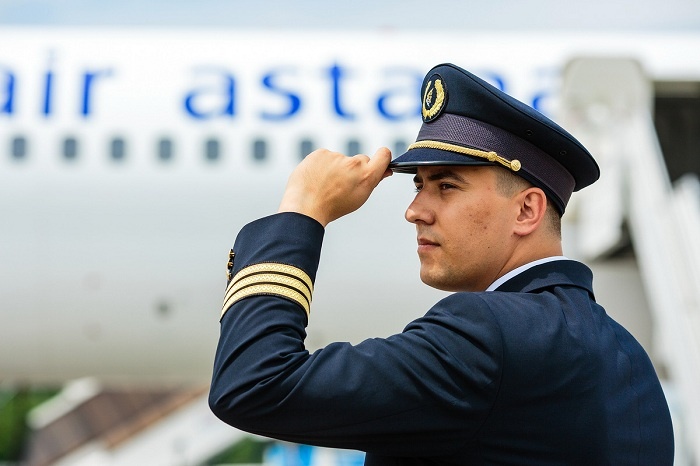
Breaking Travel News investigates: Air Astana
Kazakhstan is currently hosting Expo 2017, a global showcase centred on the theme of ‘Future Energy’.
While the impact of the event on the tourism sector in the central Asian republic remains to be seen, there has already been one clear winner, national flag-carrier Air Astana.
Launched only in 2002, the airline is the definition of boutique; efficiently operating a small number of desirable locations on modern, high-quality aircraft.
But, with the economic climate in the region changing dramatically, there is tremendous potential for Air Astana to grow quickly in the coming years.
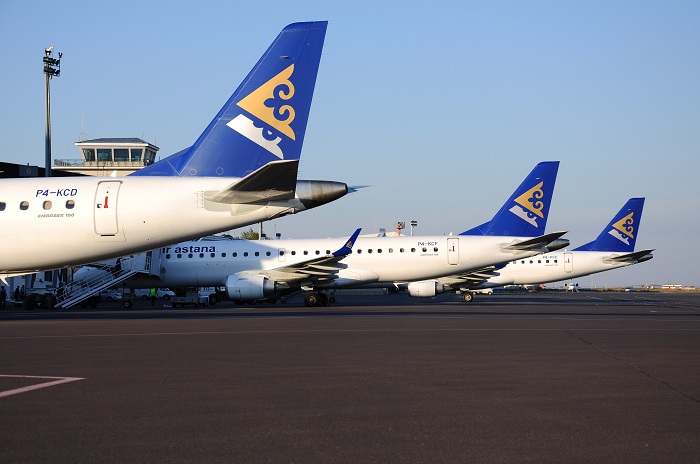
Air Astana hopes to operate 43 aircraft by 2020
Founded with $17 million, half from Kazakhstan sovereign wealth fund Samruk-Kazyna and half from BAE Systems, the carrier has been profitable from its second year, requiring no further subsidies from the national government.
“Air Astana has been an unimaginable economic success,” explains Richard Ledger, vice president, worldwide marketing and sales, Air Astana.
Early success was built on domestic travel – offering a higher quality of service than rivals SCAT, Bek Air and others were unable to match to ferry passengers across the vast steppes of Kazakhstan.
However, with the falling price of oil (the key Kazakh export) hitting the local economy in recent years, and forcing a devaluation of the tenge, the flag-carrier has been seeking to develop into a more globally-facing operation.
Revenues at the airline have declined by approximately 30 per cent since 2013 due to the devaluation, forcing a rethink.
“The shift in focus for the airline has been driven by the change in the economic situation in the country,” continues Ledger.
“We realised relative disposable incomes did come down here, and we recognised this was a chance to speed up the transformation of our business as a result.”
Largely this has meant Air Astana expanding internationally, seeking to methodically build critical mass on a sustainable global network while developing Astana in particular as a regional transit hub.
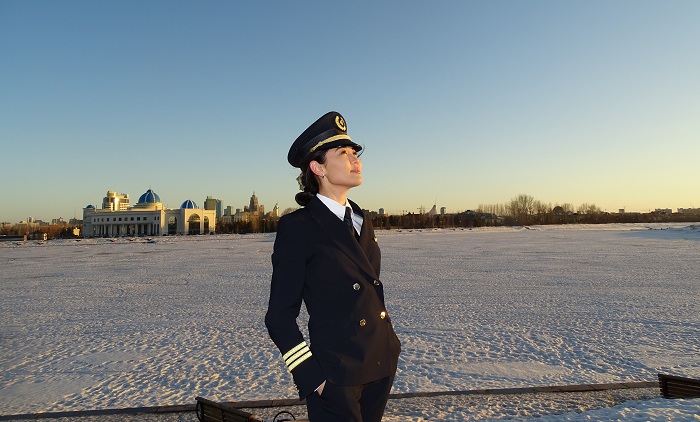
Air Astana will be central to the growth of tourism in Kazakhstan
Yet, this ambition will take time.
With a fleet of just 31 aircraft, profitability remains key.
Air Astana does not have the size to quickly add flights to new destinations, so each route must be profitable in order to maintain the viability of the airline as a whole.
This has recently meant new flights to Kiev, Delhi, Seoul, Tbilisi and Bangkok, among others, being added to the schedule, with each new route drawing traffic toward central transit points.
The plan seems to be working, with 65 per cent more transit traffic passing through Astana in January-May 2017 when compared to the previous year.
With the acquisition of ten A320neo planes, set for delivery before 2019, the process will continue until at least 2020.
Looking ahead, however, the airline will be focused on building frequencies in existing markets, in order to build connectivity, rather than opening up new destinations.

Air Astana carried nearly four million passengers in 2016
Air Astana carried 3.9 million passengers in 2016, including 2.1 million domestic passengers and 1.8 million international passengers, based on data from the Kazakhstan Civil Aviation Committee.
This represents a 53 per cent share of the overall domestic market and a 41 per cent share of the international market.
Impressive figures.
But as a nationally-owned carrier, Air Astana also has a wider remit to showcase Kazakhstan as a tourism destination.
For example, a well-developed stopover programme allows transit passengers to break their journeys in both Astana and Almaty for a night for as little as $1.
With an affordable currency and a strong local tourism sector, this service grows Kazakhstan as a regional destination – and dovetails with the hosting of Expo 2017.
Some 100,000 international guests are expected to fly into the county for the Expo – with tickets for the event integrated into Air Astana website.
“Kazakhstan is not in the public conciseness, but we are growing awareness,” explains Ledger.
In terms of staffing, too, Air Astana works in the national interest.
Among its 5,000 staff are around 450 pilots, many of whom are local residents trained by the carrier, building up skills in the county.
“Costs are driven upward by the high price of expatriate pilots – so the key to keeping costs low is local flight deck crew,” adds Ledger.
“We take local graduates and sending them to flight school wherever possible.”
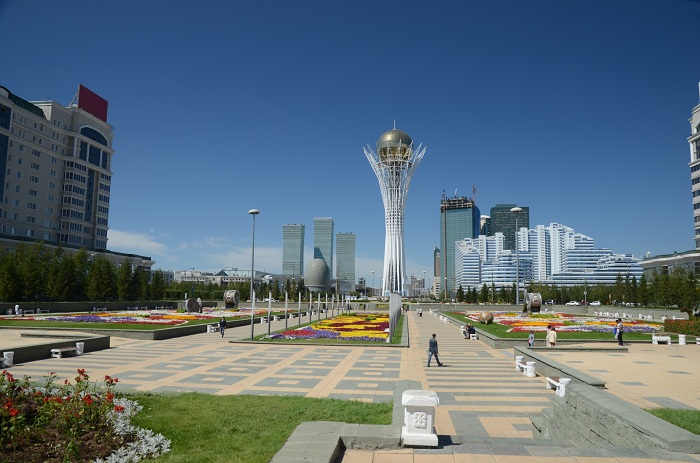
Astana is a key base for the carrier
In return Kazakhstan supports the airline.
A new international terminal has just been inaugurated at Astana airport, increasing passenger capacity from the current 3.6 million to 8.2 million per annum.
The new 47,000-square-meter building includes a new passenger hall and a VIP area, as well as six new aircraft stands.
It will likely prove a major asset to Air Astana as the carrier moves in over the coming weeks and months.
Almaty airport, in contrast, is stuck in the doldrums, with private ownership preventing investment.
Air Astana is thus expected to continue to shift capacity to the capital moving forward.
The carrier also benefits from geography, with the relatively clear air space over central Asia boosting on-time statistics.
This makes Air Astana one of the most reliable carriers regionally.
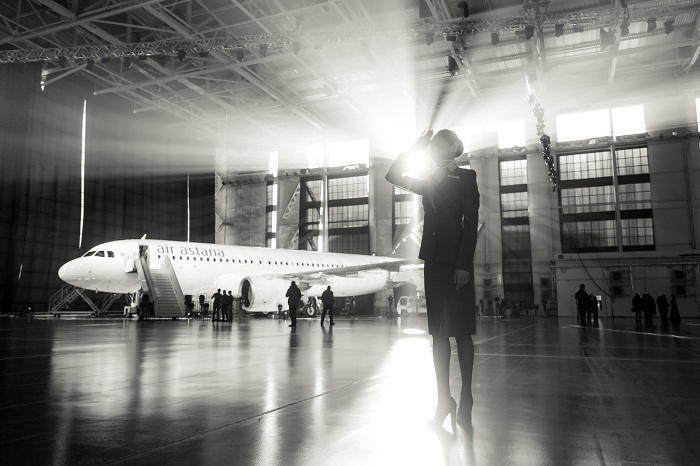
Air Astana hopes to see its annual traffic reach four million passengers by 2020.
Kazakh president Nursultan Nazarbayev has even suggested the figure could grow to eight million by 2025.
To assist in this growth, Air Astana has been preparing for an initial public offering, likely in 2018.
A listing, possibly in Hong Kong or London, could release funds for further growth, especially as a clear strategy for growth means the offering would likely be well received.
Approaching two decades of sustained profitability is also likely to be a boon to investors.
It is, then, a case of watch this space.
“Air Astana is like a snowball that is just about to begin turning,” concludes Ledger.
More Information
Air Astana operates a fleet of 31 western aircraft with an average age of 7.84 years.
It operates over 60 domestic and international routes.
Its passengers are served by more than 4,700 highly qualified staff, the majority of whom are from Kazakhstan, supplemented by experienced foreign personnel.
Since autumn 2005 the Air Astana team has been headed by Peter Foster, an airline executive with more than 30 years of management experience.
These will expand the fleet to 33 aircraft by the end of 2017, and to 43 aircraft by 2020.
Find out more on the official website.
Chris O’Toole

